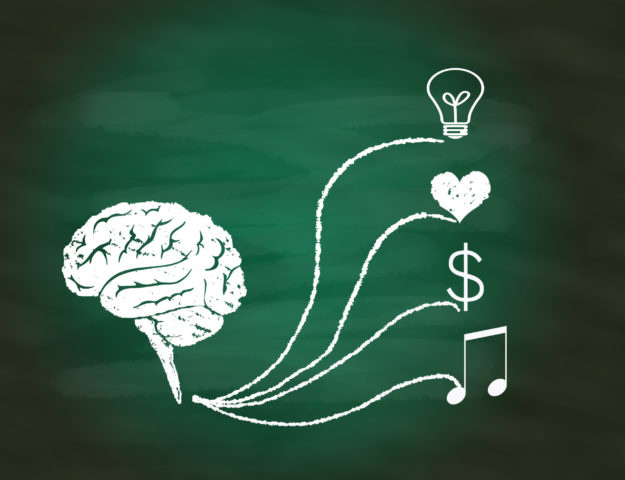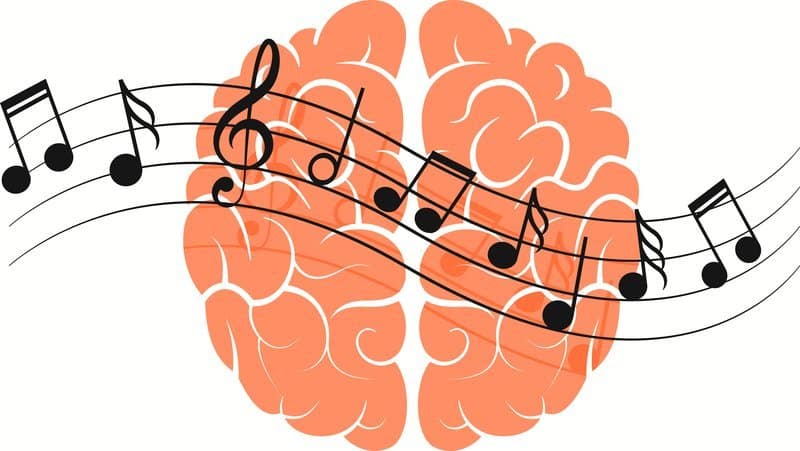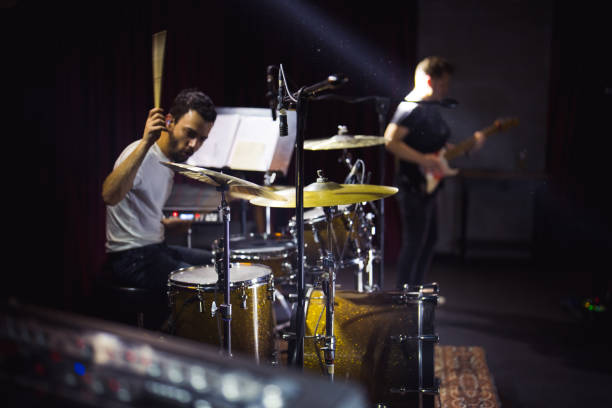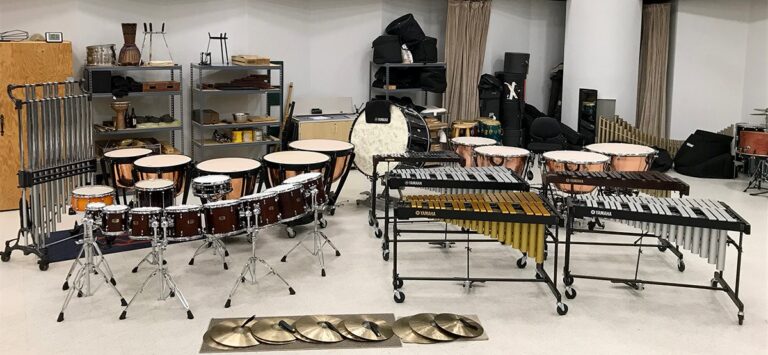Introduction
Ever felt the pulse of a drumbeat stir something deep within you? Percussion instruments, from the resounding bass of a drum to the delicate chime of a xylophone, have a unique way of captivating our senses. These instruments, integral to music worldwide, are more than just tools for creating sound; they’re gateways to numerous benefits that span physical, cognitive, and social realms. This article dives into why learning a percussion instrument might be one of the best decisions you or your child can make.
The Health and Cognitive Benefits of Playing Percussion
Physical Benefits
Playing percussion instruments is a full-body workout. Whether you’re pounding a drum or shaking a tambourine, you engage muscles throughout your body. This activity can improve your hand-eye coordination and fine motor skills. The rhythmic movements required to play these instruments also contribute to overall physical fitness.
Mental Health Perks
When it comes to mental health, percussion instruments are a fantastic outlet for stress relief. The act of drumming, for instance, can be incredibly therapeutic. Studies show that rhythmic activities can lower cortisol levels, helping to alleviate stress and anxiety. The repetitive nature of playing percussion can put you in a meditative state, promoting relaxation and emotional well-being.
Cognitive Gains
The cognitive benefits of learning percussion are equally impressive. Playing these instruments requires you to read music, keep time, and coordinate multiple limbs. These activities stimulate brain regions responsible for memory, attention, and spatial awareness. Engaging in such multifaceted tasks enhances cognitive flexibility and problem-solving skills.

Percussion Instruments in Cultural and Social Contexts
Historical Significance
Percussion instruments have deep roots in various cultures. From the ancient African djembe to the Native American frame drum, these instruments have served as communication tools, ceremonial objects, and storytelling aids. Understanding the historical significance of these instruments enriches your appreciation and respect for the art form.
Social Role
In social settings, percussion instruments play a crucial role in bringing people together. Drumming circles, for example, are popular communal activities that foster a sense of unity and teamwork. These gatherings are not only fun but also serve as excellent platforms for improving communication and social skills.
Cultural Diversity
Different civilizations have developed unique percussion instruments that reflect their cultural identities. For instance, the tabla is central to Indian classical music, while castanets are synonymous with Spanish flamenco. Exploring these instruments offers a fascinating glimpse into the cultural diversity of our world.
Learning Percussion as a Child vs. as an Adult
For Children
Children have an incredible capacity to learn and adapt, making them ideal candidates for picking up percussion instruments. Learning at a young age can significantly enhance their motor skills and cognitive development. Parents can support their children’s musical journeys by encouraging practice and providing a variety of instruments to explore.
For Adults
Adults, on the other hand, bring a different set of advantages to the table. With greater life experience and focus, adults often find it easier to grasp complex rhythms and techniques. While the learning curve may be steeper compared to children, the satisfaction of mastering a new skill can be immensely rewarding.
Tips for Both
Regardless of age, the key to success in learning percussion lies in consistent practice and a supportive environment. Parents can create a nurturing space for their young musicians, while adult learners can benefit from setting realistic goals and finding a community of like-minded enthusiasts.

Career and Personal Development Opportunities
Professional Paths
Mastering a percussion instrument opens up various career opportunities. Professional percussionists can perform with orchestras, bands, or as solo artists. There’s also a demand for skilled educators who can teach the next generation of percussionists. Additionally, percussion therapists use rhythm to help patients with physical and mental health issues.
Personal Growth
Beyond career prospects, learning percussion can significantly impact personal development. The discipline required for practice fosters a strong work ethic. The challenges you overcome along the way build confidence and resilience. Plus, the joy of creating music can enhance your overall quality of life.
Confidence and Collaboration
Playing percussion in a group setting teaches valuable lessons in collaboration and teamwork. Whether you’re part of a drum circle or a full-fledged band, the experience helps you understand the importance of communication and mutual respect.
How to Get Started with Learning Percussion
Choosing the Right Instrument
The first step in your percussion journey is selecting the right instrument. If you’re new to music, starting with something simple like a tambourine or a shaker can be a good idea. More advanced learners might opt for drums or marimbas. Consider your musical interests and physical abilities when making your choice.
Finding an Instructor
A good instructor can make all the difference. Look for someone who has experience both playing and teaching percussion. Online platforms and local music schools are excellent resources for finding qualified teachers. Personalized instruction can help you progress faster and more efficiently.
Setting Realistic Goals
Setting achievable goals is crucial for sustained motivation. Start with small, manageable objectives, such as learning a basic rhythm or mastering a simple song. Gradually increase the complexity of your goals as you become more comfortable with your instrument.

Advanced Percussion Techniques
Mastering Complex Rhythms
As you progress in your percussion journey, mastering complex rhythms becomes essential. Using various percussion instruments like the snare drum, bass drum, and timpani, you can explore distinctive sounds that add depth to your performances. Techniques such as using percussion mallets for marimba or xylophone can produce a rich melody and harmonious combination of notes, enhancing your musical expression.
Tuning and Maintenance
Proper tuning and maintenance of percussion instruments are crucial for quality sound production. Regularly checking drum heads, and ensuring sticks and mallets are in good condition, can vastly improve the performance’s overall quality. For instance, tuning a snare drum to achieve its characteristic ringing sound or adjusting the heads on a bass drum can make a significant difference in the produced sound.
Expanding Your Repertoire
Incorporating a variety of percussion instruments into your practice, such as cymbals, rattles, and tubes, allows you to experiment with different pitches and tones. These instruments, often found in orchestras and contemporary music, provide a broader range of musical expressions. Whether you’re playing jazz, rock, or more traditional styles, expanding your repertoire will make you a more versatile musician.
Music Therapy and Beyond
Percussion instruments are also prominent in music therapy due to their ability to produce diverse sounds with definite pitch. Instruments like the marimba and snare drum, when combined with other elements like the human voice or string instruments, create a well-rounded therapeutic experience. Music therapy involving percussion has been shown to improve mental health and aid in physical rehabilitation, making it a viable career path for budding percussionists.
The Role of Percussion in Music
In any musical ensemble, the percussionist plays a crucial role in maintaining rhythm and harmony. Using various instruments such as the drum, cymbals, and xylophone, they provide the foundational beats that support other musicians. Percussionists must be adept at switching between instruments and styles to match the performance’s needs, whether it’s for an orchestra or a contemporary band.
Building a Personal Practice Routine
Developing an effective practice routine is vital for both beginner and advanced percussionists. Set realistic goals, such as mastering a new rhythm or improving tuning skills. Consistent practice using different percussion instruments like wooden bars or barrel drums will hone your abilities. Additionally, engaging in group practices or performances can enhance your skills further, offering opportunities to learn from and collaborate with other musicians.
By embracing these advanced techniques and incorporating a wide range of percussion instruments into your practice, you’ll not only improve your own skills but also contribute to the broader musical landscape. Whether in an orchestra, a therapeutic setting, or a rock band, your proficiency with the snare drum, marimba, and other percussion instruments will ensure you always strike the right note.
Conclusion
The benefits of learning a percussion instrument are manifold, extending far beyond the joy of making music. From physical and mental health improvements to cognitive gains and social connections, the positive impacts are undeniable. Whether you’re a parent looking to enrich your child’s life or an adult eager to pick up a new skill, percussion offers a fulfilling path worth exploring. Don’t wait—take the first step on your percussion journey today and discover the rhythmic wonders that await you.




